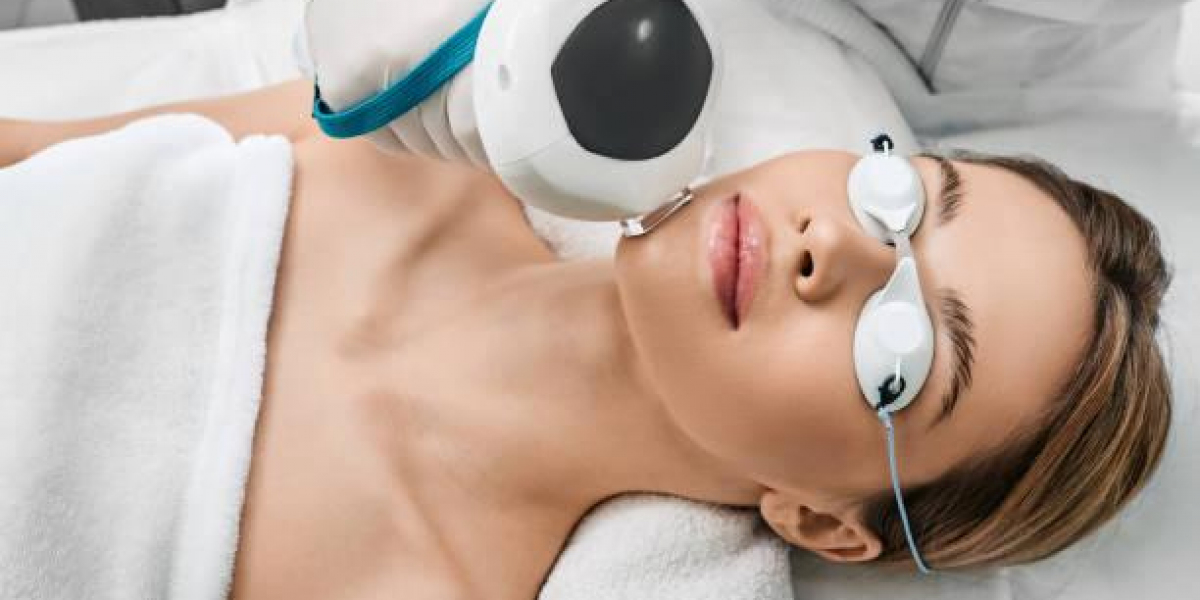Rejuvenation dermatology offers advanced treatments that help restore skin vitality, address signs of aging, and improve skin health. These treatments differ from typical spa services, as they are overseen by licensed dermatologists and focus on medically approved, results-driven solutions. This guide will explore the benefits, common treatments, and what to consider when selecting a rejuvenation dermatology provider.
Introduction to Rejuvenation Dermatology
What is Rejuvenation Dermatology?
Rejuvenation dermatology involves medical-grade aesthetic treatments provided by certified dermatologists. Dermatological rejuvenation combines aesthetic techniques with a scientific understanding of skin health, enabling more accurate and effective treatments that produce long-lasting results. This treatment addresses issues like fine lines, wrinkles, pigmentation problems, and general skin laxity.
Benefits of Dermatological Rejuvenation Treatments
Rejuvenation treatments in dermatology go beyond cosmetic improvements, offering benefits like enhanced collagen production, improved skin texture, and reduced signs of environmental damage. These treatments often yield more profound and lasting effects compared to traditional spa services, helping patients achieve long-term skin health and youthfulness.
Key Differences Between Dermatology and Cosmetic Spas
While both cosmetic spas and dermatology clinics provide skin-focused services, the latter involves medically trained professionals and more advanced treatment options. Dermatology clinics operate under strict safety standards and use FDA-approved treatments, making them ideal for patients seeking personalized, results-oriented skin rejuvenation. Spas focus more on relaxation and maintenance, whereas dermatology clinics target specific concerns with professional-grade equipment and expertise.
Common Dermatological Rejuvenation Treatments
Injectable Solutions: Botox, Fillers, and PRP
One of the most well-liked solutions in rejuvenation dermatology is injectable therapy. By relaxing the muscles in the face, Botox lessens the visibility of dynamic wrinkles like forehead lines and crow's feet. Dermal fillers, which are frequently composed of hyaluronic acid, plump up areas like the lips and cheeks and restore lost volume. Platelet-rich plasma, or PRP, uses the patient's blood to promote collagen formation, providing a natural rejuvenation that improves the suppleness and smoothness of the skin.
Skin Resurfacing: Laser Treatments, Microneedling, and Chemical Peels
Skin resurfacing treatments aim to improve skin tone, texture, and radiance by encouraging cell turnover and collagen growth. While microneedling induces tiny wounds in the skin that promote collagen production, laser treatments target pigmentation, scarring, and uneven tone. Chemical peels treat issues, including fine wrinkles, pigmentation, and acne scars, by exfoliating the skin with a specific solution.
Advanced Anti-Aging Solutions: RF Therapy and Ultherapy
For those seeking advanced anti-aging treatments, radiofrequency (RF) therapy and Ultherapy offer non-surgical lifting and tightening. RF therapy uses controlled heat to encourage collagen production, firming the skin over time. Ultherapy, which uses ultrasound energy, penetrates deeper layers to lift and tighten skin on the face, neck, and chest. These treatments are ideal for those looking to reduce sagging and improve skin elasticity without invasive surgery.
Selecting a Rejuvenation Dermatology Provider
Qualifications and Certifications of Dermatologists
When choosing a provider for dermatological rejuvenation, it's essential to verify their qualifications and certifications. Look for board-certified dermatologists with specialized training in aesthetic procedures. Dermatologists with extensive experience in specific treatments, such as lasers or injectables, can provide a safer and more effective experience.
Clinic Environment, Safety, and Equipment Standards
A reputable dermatology clinic should adhere to high standards of hygiene and use the latest equipment. The clinic environment should be clean and professionally managed, with strict protocols in place to ensure patient safety. FDA-approved devices and sterilized equipment are essential for preventing infections and ensuring the best treatment outcomes.
Importance of Personalized Treatment Plans
A customized treatment plan is essential to attaining the best outcomes because every patient's skin is different. A skilled dermatologist will determine your skin type, issues, and objectives in order to develop a customized strategy and choose the treatments that will best meet your unique requirements. This individualized treatment can have a big impact on outcomes and is a characteristic of top-notch dermatology clinics.
Preparing for a Rejuvenation Treatment Session
Initial Consultation and Skin Analysis
The first step in getting ready for dermatological rejuvenation is a consultation. The dermatologist will examine your skincare objectives, talk about your medical history, and perform a comprehensive skin analysis during this appointment. You can ask any questions you may have about the procedure and anticipated results during this session, which also helps the provider choose the best therapies.
Pre-Treatment Steps to Ensure Optimal Results
To maximize results and minimize risks, your dermatologist may recommend specific pre-treatment steps. Common guidelines include avoiding sun exposure, stopping certain skincare products, and refraining from blood-thinning medications. These steps help prepare your skin, ensuring a smoother treatment experience and enhancing the treatment's effectiveness.
Managing Recovery and Post-Treatment Care
Your dermatologist will provide you post-care recommendations specific to your procedure, and recovery timeframes vary based on the type of therapy. It is essential to protect recovering skin after procedures like chemical peels and laser resurfacing by avoiding the sun and wearing sunscreen with a high SPF. Better outcomes and a speedier recovery can also be achieved by hydrating the skin and according to any aftercare instructions.
FAQs
How long do results from dermatological treatments last?
The type of treatment determines how long the outcomes last. Botox typically lasts 3–4 months, however dermal fillers can last up to 18 months. Laser and radiofrequency treatments produce longer-lasting outcomes; with proper maintenance, improvements can frequently endure for years. Your dermatologist may recommend a touch-up routine based on your skin's needs.
Are there any risks or side effects to be aware of?
All dermatological treatments carry some risk, but choosing a qualified provider minimizes these. Common side effects may include redness, swelling, or bruising, especially with injectables. More intensive procedures, like laser treatments, may require downtime. Your dermatologist will inform you of any potential risks during your consultation.
What's the best treatment option for my specific skin concerns?
Your particular skin type, concerns, and objectives will determine the best course of action. Whether you're interested in texture improvement, anti-aging, or other issues, a dermatologist will evaluate the state of your skin and offer recommendations. The best outcomes are guaranteed with a customized treatment strategy.
Conclusion
Rejuvenation dermatology offers a range of advanced treatments designed to enhance skin health, restore youthfulness, and address individual concerns. By choosing a qualified dermatologist, following recommended pre- and post-care steps, and considering the best treatment options for your skin, you can achieve lasting, beautiful results. Whether you're seeking anti-aging solutions, skin resurfacing, or personalized rejuvenation treatments, a reputable dermatology clinic provides the expertise and care needed for a transformative experience.









